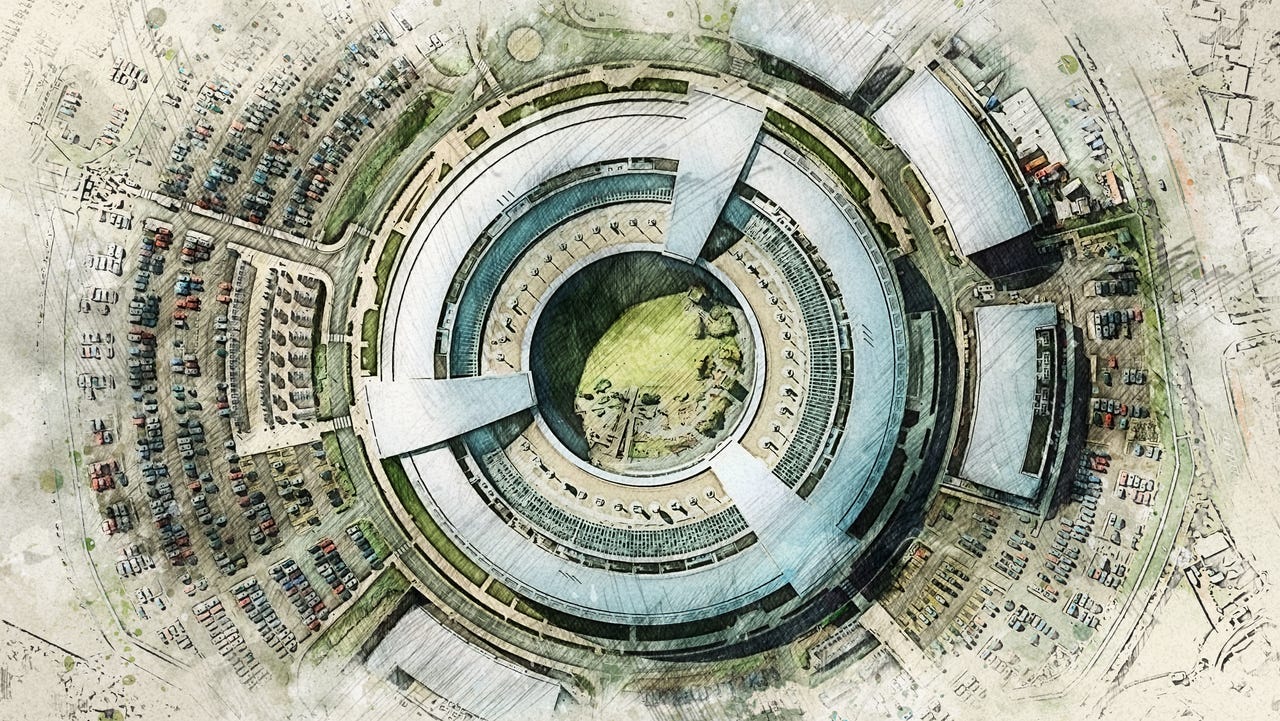What even is national security?
A look at an important concept in state surveillance law

TL;DR
This newsletter is about national security in the context of UK state surveillance. It looks at its definition, its key constituent elements and the evolution of its legal treatment over time.
Here are the key takeaways:
National security is essentially about the state protecting is people from threats. However, the term 'national …


